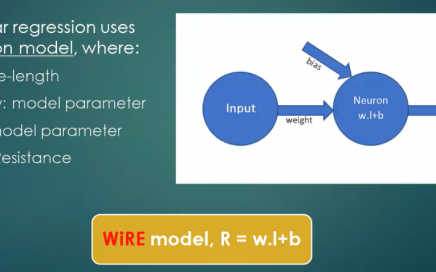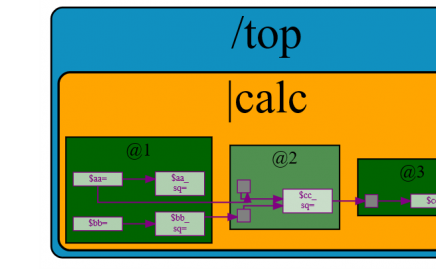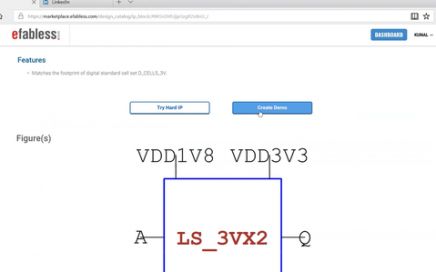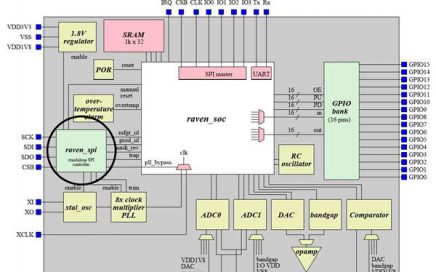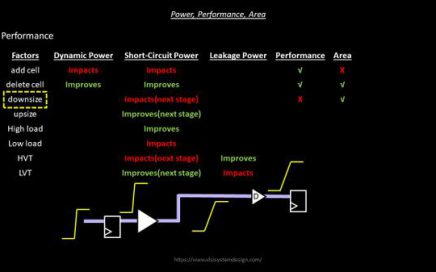
Paper 6: Formally Verifying WARP-V, an Open-Source TL-Verilog RISC-V Core Generator
This paper introduces TL-V erilog and W ARP-V and then describes the formal verification of WARP-V using riscv-formal, a formal verification framework for RISC-V. Timing-abstraction and transaction-level design are showing significant benefits for hardware modeling, but this is the first demonstration of their benefits for verification modeling. As evidence of these benefits, the verification of all RISC-V configurations of WARP-V is accomplished in a single page of code.

